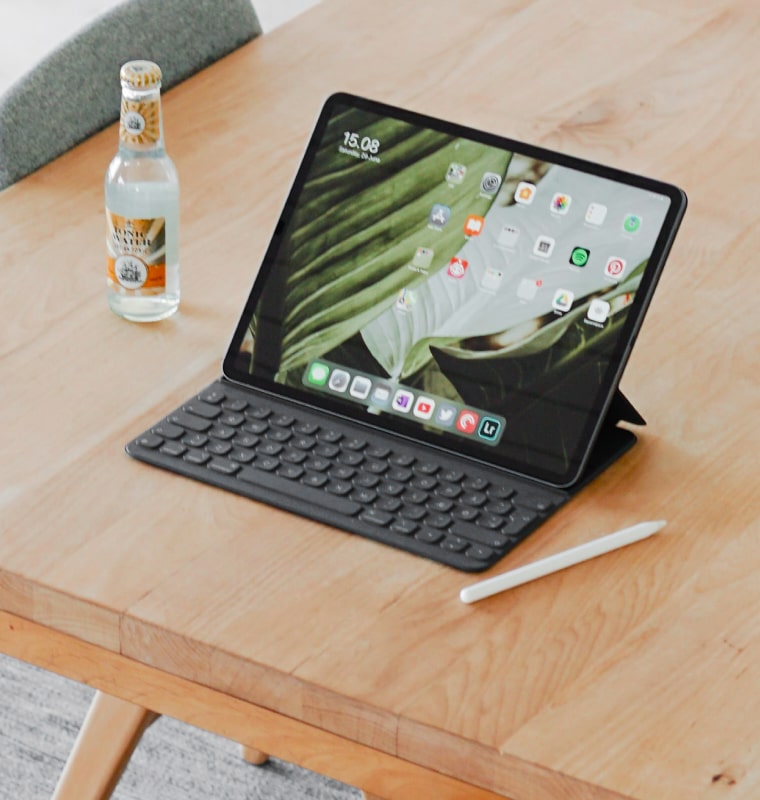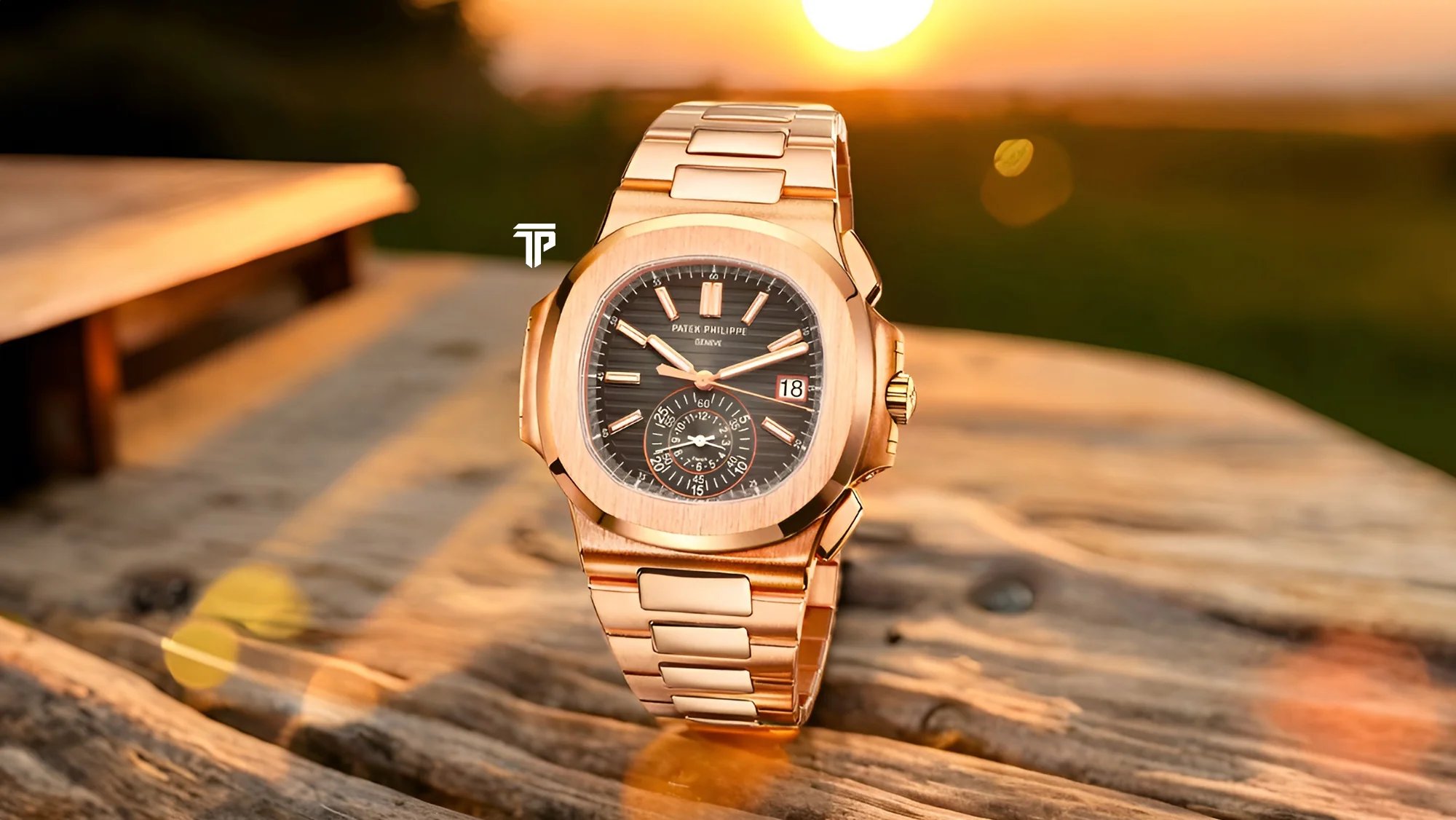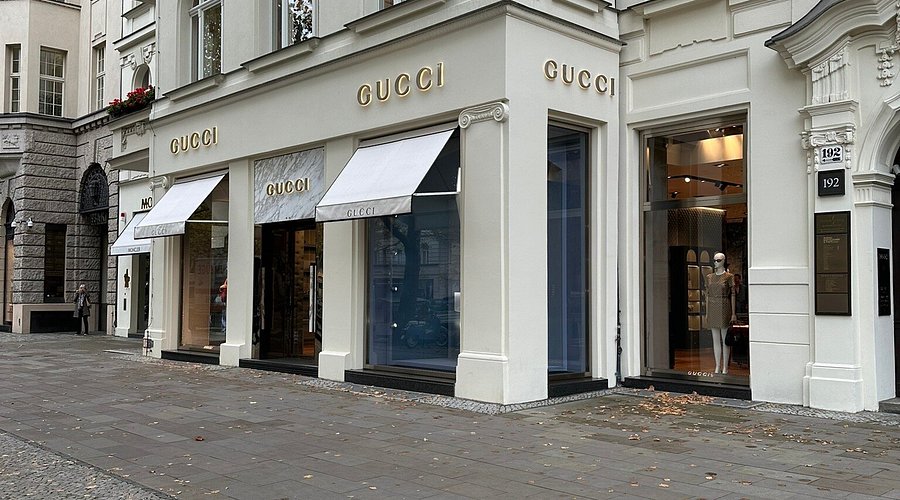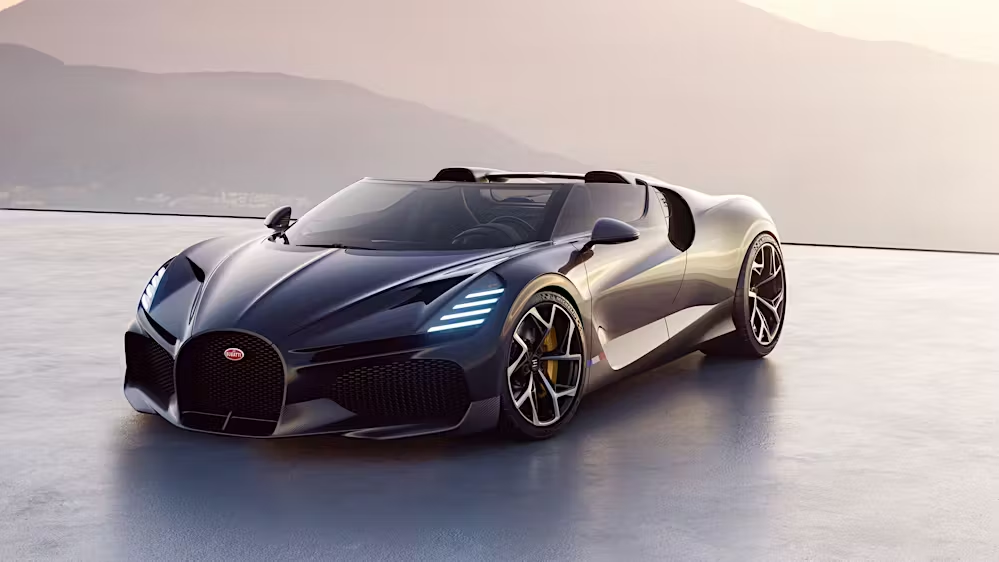The Rise of ‘Invisible Wealth’ Living: When Luxury Means No Labels
By
Sophie Moore
Last updated:
October 2, 2025
First Published:
October 2, 2025

Photo: Insignia
Luxury has long been tied to logos, visible symbols, and bold displays of spending power. For decades, designer brands and iconic accessories served as markers of success. But in recent years, a subtle transformation has begun to reshape the culture of wealth. The world’s most affluent are increasingly choosing to live in what can be called the age of invisible wealth, where true luxury hides in plain sight.
A rebellion against loud luxury
The shift began as a quiet rebellion against logo-driven culture. Billionaires and high-net-worth individuals realized that overt displays of money no longer signal sophistication. Instead of drawing attention with flashy cars and branded wardrobes, many now prefer experiences, environments, and objects that speak to refinement without advertising it.
The meaning of invisible wealth
Invisible wealth is not about hiding fortune. It is about reinterpreting what wealth represents. A plain cashmere sweater tailored to perfection can replace a logo-heavy designer piece. A secluded villa with no online presence can outshine the most photographed mansion. The focus is on precision, rarity, and authenticity rather than instant recognition.
Privacy as a premium commodity
In a hyper-connected world, privacy has become the most valuable luxury. The wealthy now invest in homes hidden in landscapes, services that guarantee discretion, and lifestyles that protect them from public gaze. To live quietly, away from cameras and constant attention, is to live richly in today’s society.
Subtlety as power
The power of invisible wealth lies in subtlety. It signals a confidence that needs no external validation. The ultra-rich do not need to prove their position through logos or extravagance. Their choices are understated but carry immense weight in the circles that understand them. What looks simple to the untrained eye is often an item or experience inaccessible to most.
Shifts in consumption patterns
Markets are already adapting to this trend. Bespoke artisans who do not advertise publicly, private chefs who work exclusively for families, and retreat-style estates that avoid publicity are all in demand. Invisible wealth creates its own economy, one that thrives on discretion and scarcity.
Generational influence
Younger generations of wealthy families are driving this change further. Unlike their predecessors who enjoyed opulence, they see quiet luxury as a more refined form of identity. Their values lean toward sustainability, heritage, and craftsmanship. Invisible wealth allows them to enjoy luxury without feeding into the culture of excess.
The psychology of understated living
At its core, invisible wealth is psychological. The rich no longer need validation from the public. Their wealth is secure, their influence stable, and their lifestyle curated for themselves rather than the outside world. This mindset redefines success, making inner satisfaction and control more important than attention.
Beyond fashion into daily life
While invisible wealth is often associated with fashion, it has expanded into food, travel, architecture, and even technology. The wealthy are choosing objects and services that blend into their daily lives rather than stand apart. A private jet interior designed for comfort rather than show is a perfect example of luxury that does not seek the spotlight.
A future shaped by discretion
As the world becomes more transparent through technology and media, invisible wealth is expected to rise even further. Those with the means will continue to embrace understatement as the ultimate form of sophistication. The era of visible excess is fading, giving way to a world where true luxury whispers rather than shouts.
Subscribe to unlock premium content
Sed at tellus, pharetra lacus, aenean risus non nisl ultricies commodo diam aliquet arcu enim eu leo porttitor habitasse adipiscing porttitor varius ultricies facilisis viverra lacus neque.
A comprehensive guide on Agile development

10 Productivity tools that are worth checking out

Top 7 Must have management tools for productivity

A comprehensive guide on Agile development

10 Productivity tools that are worth checking out

A comprehensive guide on Agile development








.png)
